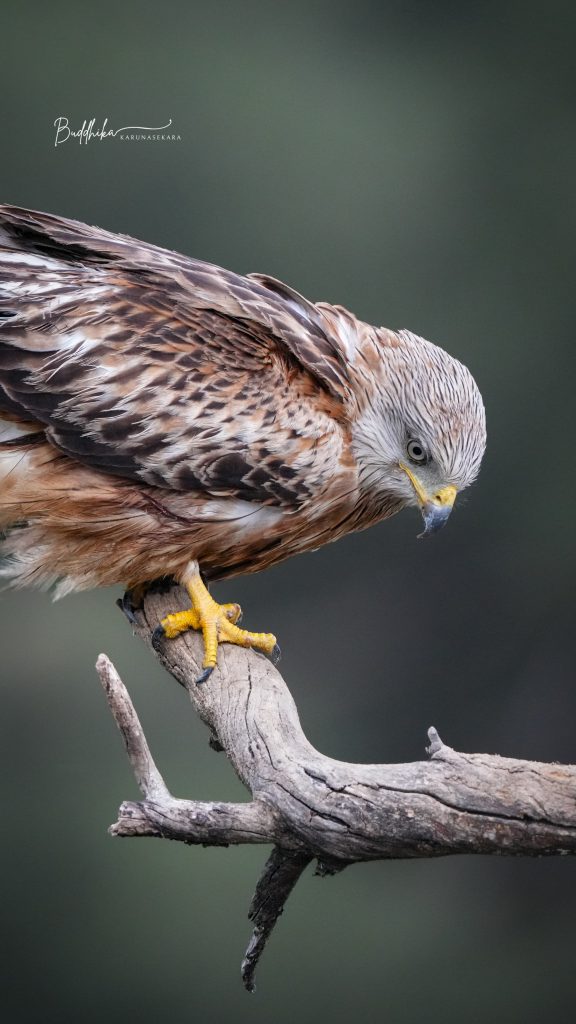
With russet wings, a deeply forked tail, and a buoyant flight that tilts and glides on the air, the red kite is one of the most elegant raptors of the skies. Its call, a thin mewling cry, drifts across valleys as it wheels effortlessly above fields and woodland edges. Once a common sight in towns as well as countryside, the red kite has long held a curious place in human imagination.
In medieval Britain, the red kite was not only admired but relied upon. It scavenged the streets of London and other towns, clearing carrion and waste. The bird was so valued that killing a kite was punishable by law. Yet this closeness to human life also gave the kite a reputation for thievery. Stories tell of kites swooping to snatch food, or even laundry, carrying scraps and cloth to line their nests.
Folklore often paints the red kite as a watchful, opportunistic spirit. In Wales, where the bird has always been especially revered, it was sometimes seen as a protector of the land. To glimpse a kite circling above the farm was taken as a sign of balance and continuity, the bird linking sky, earth, and human life. In parts of the country, people believed that to harm a kite would bring misfortune, for the bird’s role as cleaner and guardian was sacred.
In English superstition, however, the kite could be viewed with suspicion. Its shrill cry was thought to foretell change or even bad news. Some believed a kite passing low over a traveller was an omen of a difficult journey. Yet just as often, its appearance was taken as a promise of renewal, for the kite thrives on what others leave behind, turning death and waste into life.
Further afield, the kite’s relatives in folklore carry similar dualities. In Norse traditions, kites were linked with Odin himself, who took the form of a bird to travel unseen across the world. In parts of Africa and Asia, kites are seen as messengers, their wheeling flight connecting the human and divine. Their habit of lingering near settlements gave them an in-between quality, living half in the wild and half among people.
Despite centuries of persecution that nearly drove the red kite from Britain, its return has reignited old affections. Today, to see a kite spiralling high above a valley is to witness not only a conservation triumph but also the revival of an ancient companion. It is the scavenger turned sentinel, a bird whose grace belies its humble diet, and whose presence once again restores a touch of wildness to the familiar sky.
